Tarun S. Cousik
Deep Learning for Fast and Reliable Initial Access in AI-Driven 6G mmWave Networks
Jan 06, 2021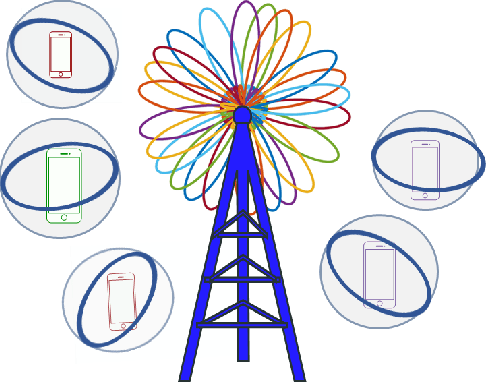
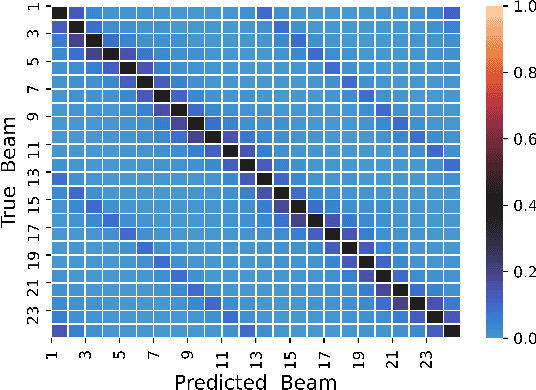
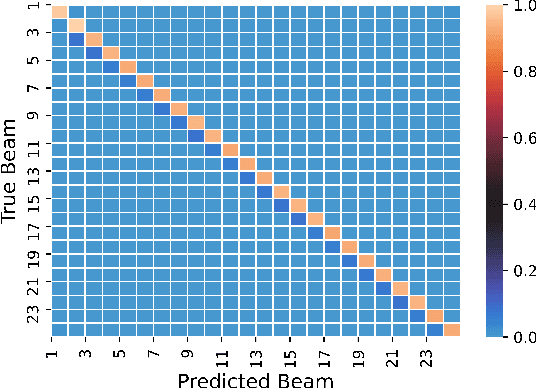
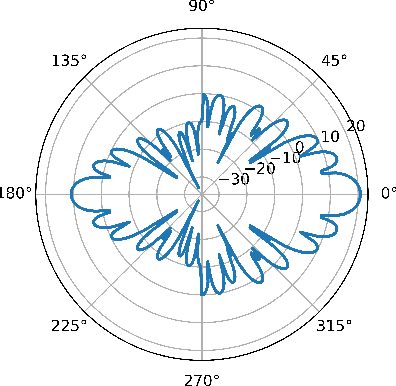
Abstract:We present DeepIA, a deep neural network (DNN) framework for enabling fast and reliable initial access for AI-driven beyond 5G and 6G millimeter (mmWave) networks. DeepIA reduces the beam sweep time compared to a conventional exhaustive search-based IA process by utilizing only a subset of the available beams. DeepIA maps received signal strengths (RSSs) obtained from a subset of beams to the beam that is best oriented to the receiver. In both line of sight (LoS) and non-line of sight (NLoS) conditions, DeepIA reduces the IA time and outperforms the conventional IA's beam prediction accuracy. We show that the beam prediction accuracy of DeepIA saturates with the number of beams used for IA and depends on the particular selection of the beams. In LoS conditions, the selection of the beams is consequential and improves the accuracy by up to 70%. In NLoS situations, it improves accuracy by up to 35%. We find that, averaging multiple RSS snapshots further reduces the number of beams needed and achieves more than 95% accuracy in both LoS and NLoS conditions. Finally, we evaluate the beam prediction time of DeepIA through embedded hardware implementation and show the improvement over the conventional beam sweeping.
Fast Initial Access with Deep Learning for Beam Prediction in 5G mmWave Networks
Jun 22, 2020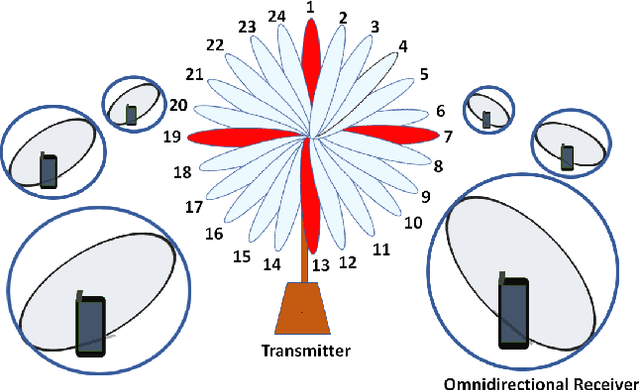
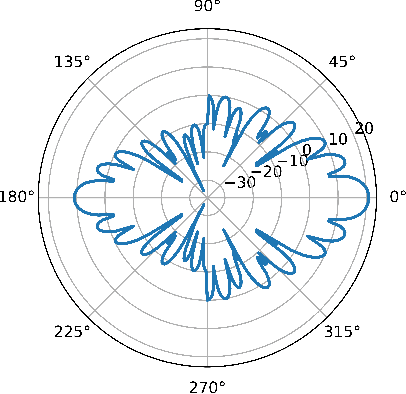
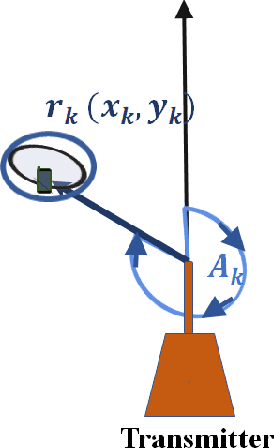
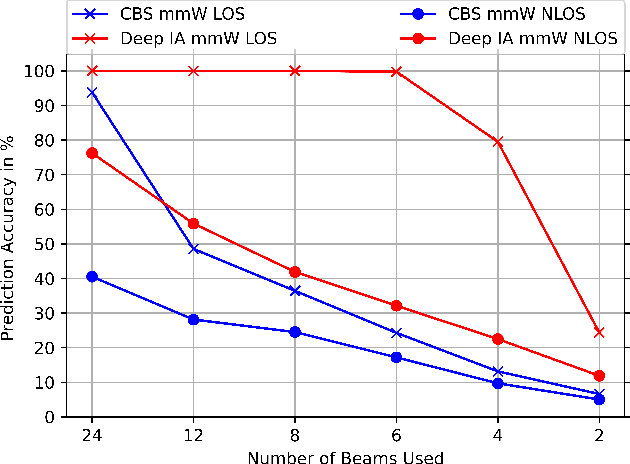
Abstract:This paper presents DeepIA, a deep learning solution for faster and more accurate initial access (IA) in 5G millimeter wave (mmWave) networks when compared to conventional IA. By utilizing a subset of beams in the IA process, DeepIA removes the need for an exhaustive beam search thereby reducing the beam sweep time in IA. A deep neural network (DNN) is trained to learn the complex mapping from the received signal strengths (RSSs) collected with a reduced number of beams to the optimal spatial beam of the receiver (among a larger set of beams). In test time, DeepIA measures RSSs only from a small number of beams and runs the DNN to predict the best beam for IA. We show that DeepIA reduces the IA time by sweeping fewer beams and significantly outperforms the conventional IA's beam prediction accuracy in both line of sight (LoS) and non-line of sight (NLoS) mmWave channel conditions.
 Add to Chrome
Add to Chrome Add to Firefox
Add to Firefox Add to Edge
Add to Edge